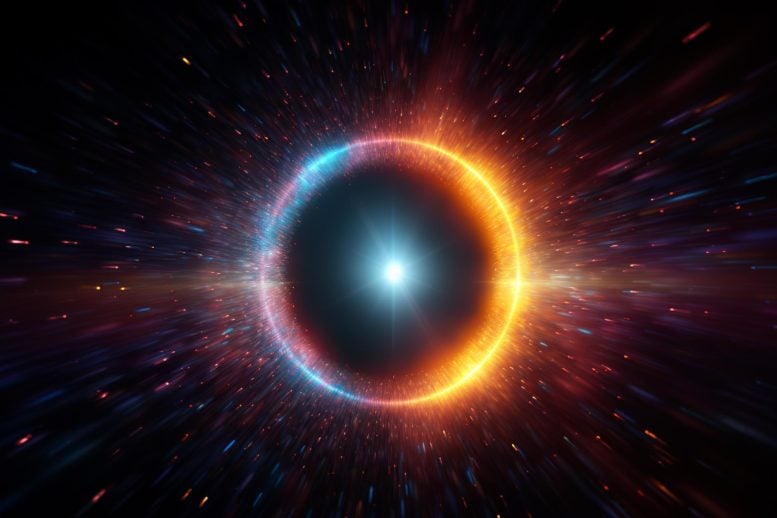
New research has discovered new interactions between neutrinos and photons, potentially shedding light on mysteries in particle physics and solar phenomena.
Elusive fundamental particles called neutrinos are predicted to interact unexpectedly with photons under extreme conditions.
Research at Hokkaido University has revealed that elusive particles called neutrinos can interact with photons, the fundamental particles of light and other electromagnetic radiation, in ways not previously detected. The findings from Kenzo Ishikawa, Professor Emeritus at Hokkaido University, with colleague Yutaka Tobita, lecturer at Hokkaido University of Science, were published in the journal Physics Open.
“Our results are important for understanding the quantum mechanical interactions of some of the most fundamental particles of matter,” says Ishikawa. “They may also help reveal details of currently poorly understood phenomena in the sun and other stars.”
Mystery of Neutrinos
Neutrinos are one of the most mysterious fundamental particles of matter. They are extremely difficult to study because they barely interact at all with other particles. They are electrically neutral and have almost no mass. Yet they are highly abundant, with vast numbers constantly streaming from the sun and passing through the Earth, and indeed ourselves, with barely any effect. Learning more about neutrinos is important for testing and perhaps refining our current understanding of particle physics, known as The Standard Model.
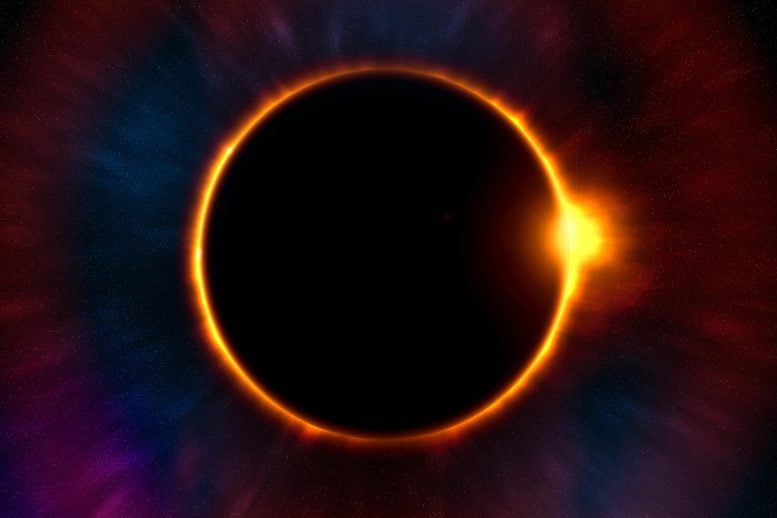
A total solar eclipse, with the solar corona visible.
“Under normal ‘classical’ conditions, neutrinos will not interact with photons,” explains Ishikawa “We have revealed, however, how neutrinos and photons can be induced to interact in the uniform magnetic fields of the extremely large scale—as large as 103 km—found in the form of matter known as plasma, which occurs around stars.” Plasma is an ionized gas, meaning that all of its atoms have acquired either an excess or a deficiency of electrons, making them negatively or positively charged ions, rather than the neutral atoms that can occur under everyday conditions on Earth.
Electroweak Hall Effect and Its Implications
The interaction described by the researchers involves a theoretical phenomenon called the electroweak Hall effect. This is an interaction of electricity and magnetism under extreme conditions where two of the fundamental forces of nature—the electromagnetic and the weak forces—merge into the electro-weak force. It is a theoretical concept, expected to apply only in the very high energy conditions of the early universe or within collisions in particle accelerators.
The research has derived a mathematical description of this unexpected neutrino-photon interaction, known as the Lagrangian. This describes everything known about the energy states of the system.
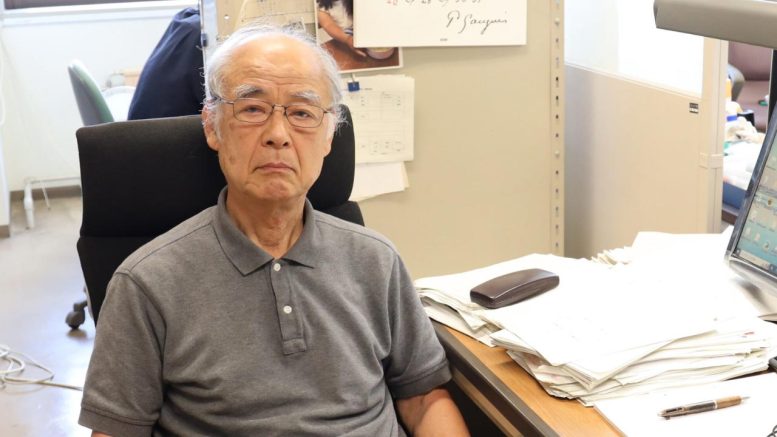
Kenzo Ishikawa, first and corresponding author of the study. Credit: Sohail Keegan Pinto
“In addition to its contribution to our understanding of fundamental physics, our work might also help explain something called the solar corona heating puzzle,” says Ishikawa. “This is a long-standing mystery concerning the mechanism by which the outermost atmosphere of the sun—its corona—is at a much higher temperature than the sun’s surface. Our work shows that the interaction between neutrinos and photons liberates energy that heats up the solar corona.”
In concluding remarks, Ishikawa expressed their team’s aspiration: “We now hope to continue our work in search of deeper insights, especially in connection with energy transfer between neutrinos and photons under these extreme conditions.”
Reference: “Topological interaction of neutrino with photon in a magnetic field — Electroweak Hall effect” by Kenzo Ishikawa and Yutaka Tobita, 12 August 2023, Physics Open.
DOI: 10.1016/j.physo.2023.100174

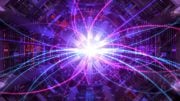
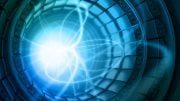
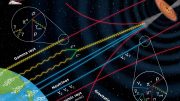
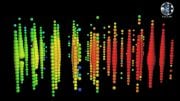
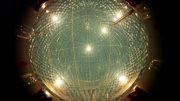
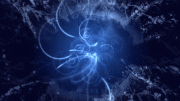
Low dimensional spatiotemporal matter is the basic underlying structure of high-dimensional spatiotemporal matter. Topological vortices are point defects in two-dimensional spacetime. Point defects do not only impact the thermodynamic properties, but are also central to kinetic processes.
One of the tasks of today’s science is to use these point defects to construct high-dimensional spatiotemporal structures that are beneficial for human production, life, and survival, rather than searching around for so-called God particles.
According to the theory of topological vortex gravitational field, strictly speaking, quantum mechanics describes one of the ways in which topological vortices interact with each other, rather than being limited to the interactions of so-called quantum, light, etc. The Schrödinger equation is also applicable to the description of the motion of certain celestial bodies.
INTERESTING CONTACT INTERAction to my PHysical thoughts & immediate condition let’s meet soon! Ex- ThermoDynamics Contractor worked with DoD furnaces.
STRANGE/WIERD QUANTUM EXPERIENCES EVERSENCE INTERACTION WITH PYSICS & matter!.